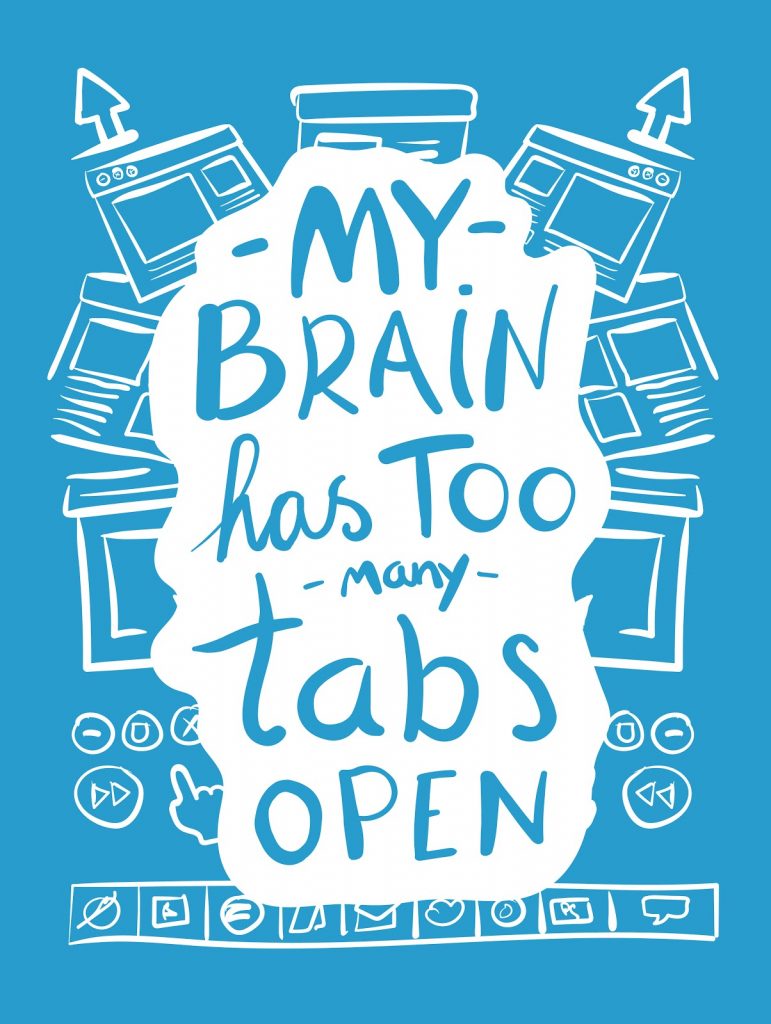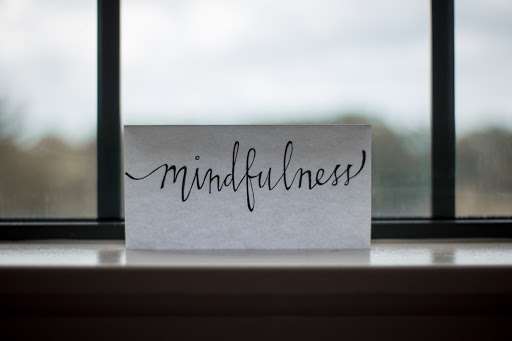
Do you find yourself tremendously exhausted after a long work day, but then struggle to fall asleep? Do you find yourself tossing and turning, unable to turn your brain off? Constantly thinking of all the things you haven’t crossed off your to-do list yet? That makes two of us!
Because of the stressful time of year, the Kane County Regional Office of Education launched a 30 day self-care challenge in August, where one of the suggested activities was mindful meditation. I’ll admit that I’ve tried being “mindful” before through meditation, but didn’t really get anything out of it. However, I decided to give it another shot because I have struggled to not only fall asleep, but stay asleep.

Because I’m not an expert on meditation, I took someone’s advice on Twitter (Thanks, Lisa Skelly!!), and I used the Calm app to participate in a mindfulness meditation. It was a quick 10 minute session focused on alleviating anxiety through the focus on breathing. The description said it would help me clear my brain and fall asleep. So, I gave it a shot.

The 10 minutes went by much faster than I thought, and I have used the breathing technique shared in the meditation to clear my mind every single night. I find myself falling asleep easier, and when I do wake up in the middle of the night, I can calm my brain down through focusing on my breathing.
Prior to the intentional meditation I engaged in through the Calm app, I felt “mindfulness” was just another buzzword that people threw around. Feeling stressed? Be mindful! After all, what is mindfulness anyways?

According to Thomas Armstrong (2019) in Mindfulness in the Classroom: Strategies for Promoting Concentration, Compassion, and Calm: Strategies for Promoting Concentration, Compassion, and Calm, mindfulness is defined as the “intentional focus of one’s attention on the present moment in a nonjudgmental way” (p. 2). Taking a moment to be mindful can reduce stress, alleviate anxiety, increase resilience, enhance concentration, and improve overall mental health. Further, mindfulness practices “help short-circuit automatically activated associations from previous experiences having to do with age and race” (p. 50). This means engaging in mindfulness can help prevent our implicit biases related to differences from coming through our actions.
It would seem that mindfulness is more than a buzzword, and during the pandemic, where many of us are feeling more stressed than ever, the idea of taking a moment to be mindful seems even more pertinent.
How can you start to incorporate mindfulness into your daily routine to reduce stress and improve your well-being? Armstrong (2019) provides a few suggestions on how to get started:

- Start small with 3-5 minute sessions of mindfulness.
- Select an activity that is already part of your routine and commit to being mindful during the activity (e.g., walking to your classroom/office, drinking coffee, driving to work, etc).
- Use your resources. The New York Times has an interactive meditation, and there are plenty of apps you can download to help you get started like Calm and Headspace.
- Have realistic expectations. The first time you engage in mindfulness you might not feel instantly relaxed. Over time, however, you will find that you become “calmer, less reactive, more focused, and acquire habits of mind that make your instructional day easier and more fulfilling” (p. 54).
What about our students? How can you start to incorporate mindfulness into your daily classroom routine to help reduce students’ stress and anxiety? Michael Ray in an Edutopia article provides a few suggestions on how to get started incorporating mindfulness with students:

- Share the benefits of mindfulness. Just like I thought mindfulness was just a buzzword, it’s important to share the science behind mindfulness to your students. Ray provides a great article to help explain the science in a student-friendly way.
- Model mindfulness. Share how you engage in mindfulness, and brainstorm ways students can embed mindfulness into their daily routine.
- Offer choice. Provide students with various examples of mindfulness, so they can choose which activity works best for them. Ray shares how his students love to engage in guided meditations through the Mindful Life Project.
How can you engage in intentional mindfulness this week to reduce stress and anxiety, improve resilience, increase concentration, and enhance the mental health of yourself, students, and colleagues?
Before you go, try a mini meditation from Headspace titled “Let Go of Stress.”

Jenna Moller – Professional Learning Coordinator
(t): 630-232-5955
(c): 630-762-2056
(e): jmoller@kaneroe.org
